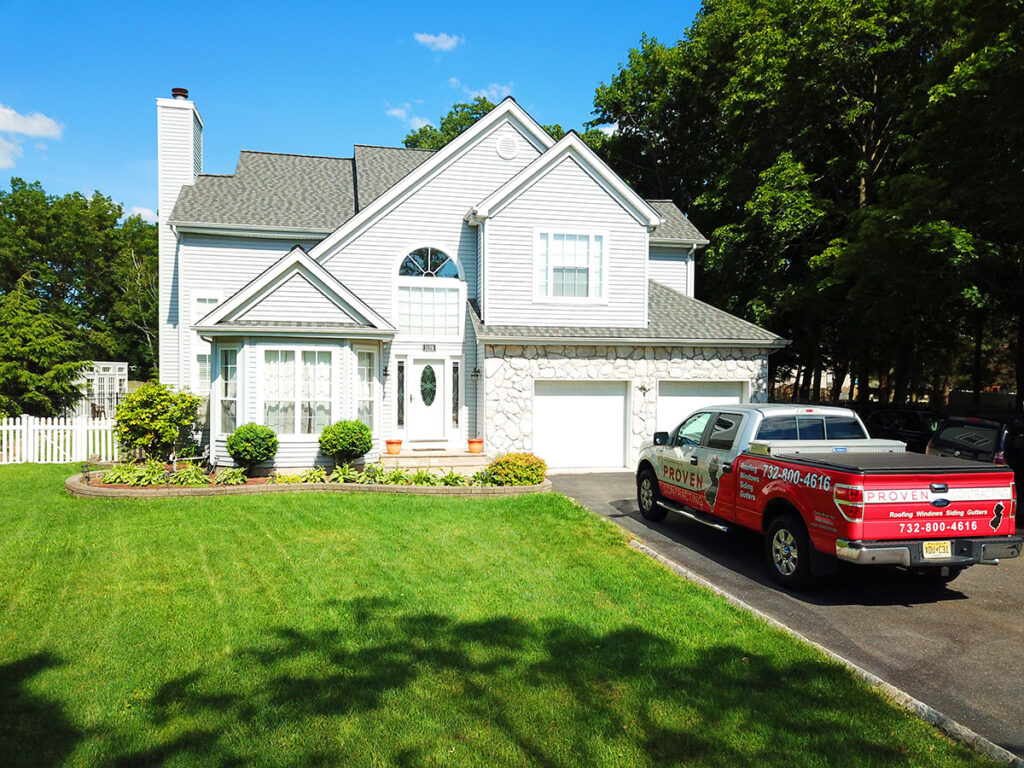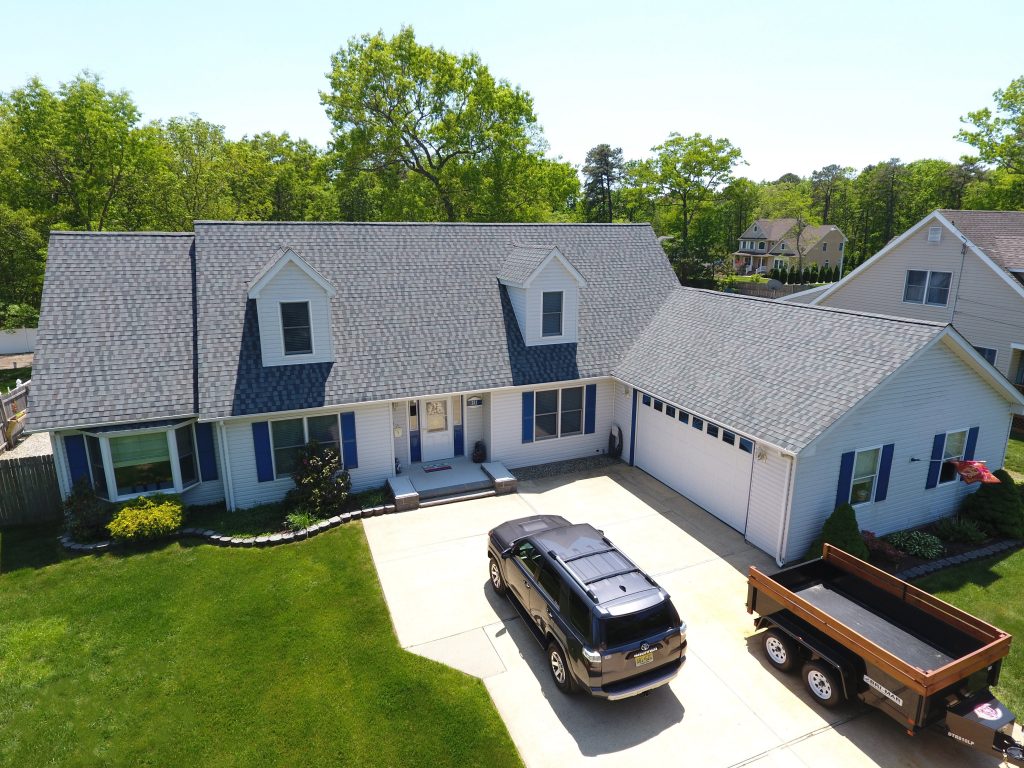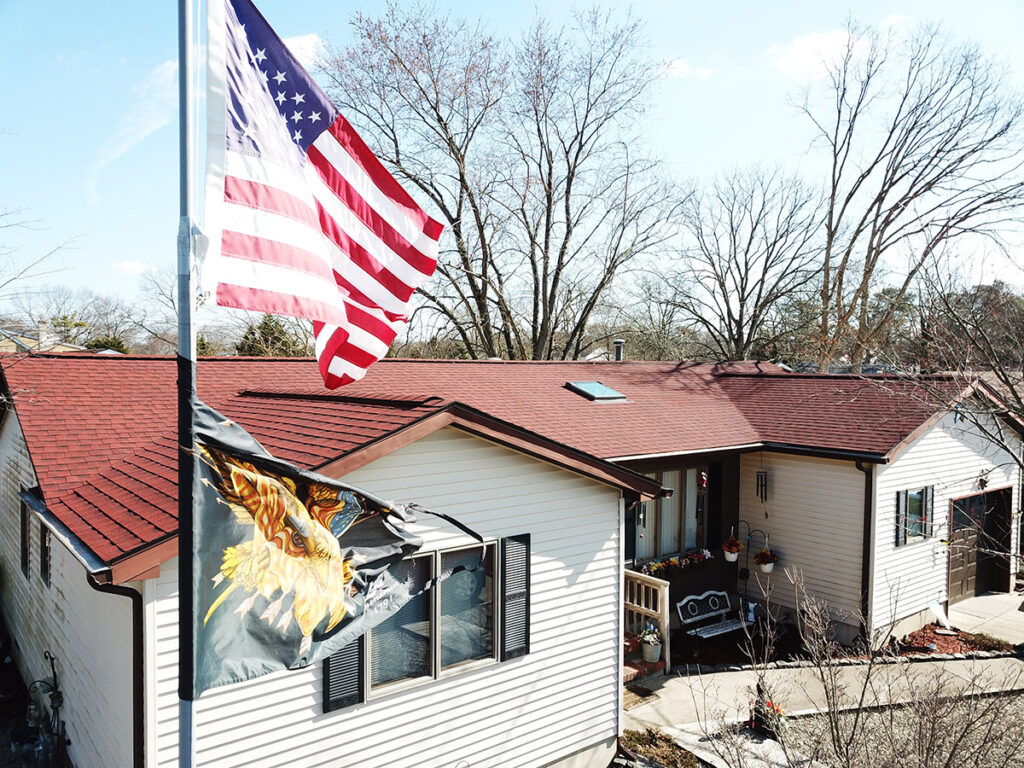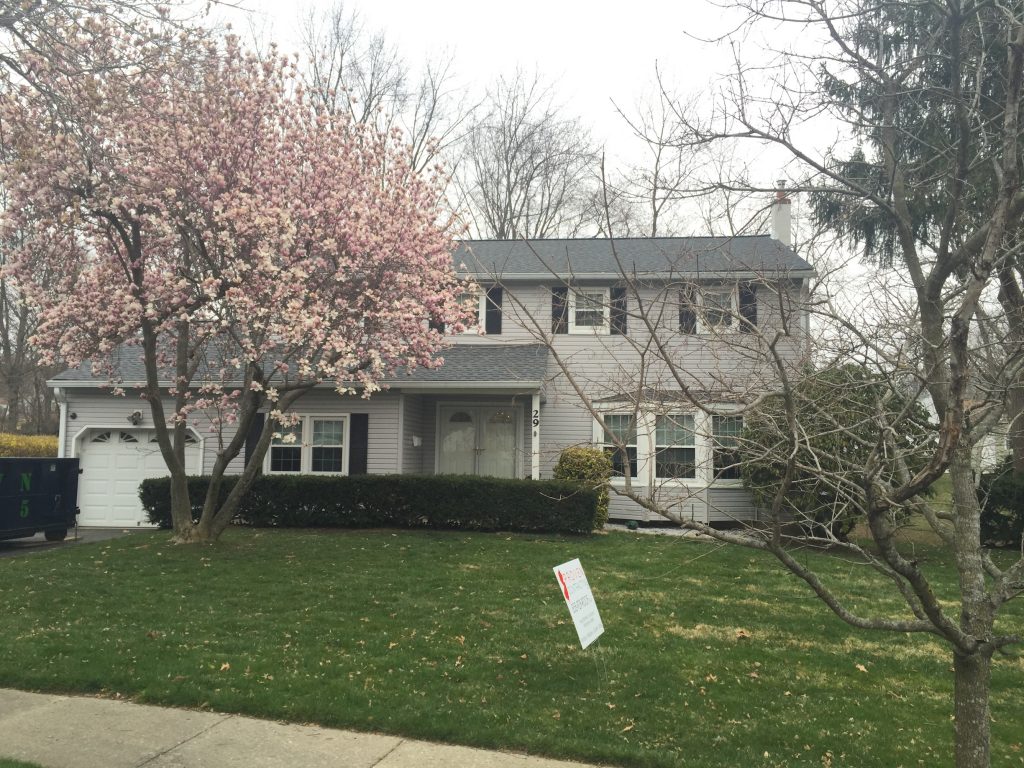Chances are when you bought your home, you made all kinds of design changes to the interior to reflect your own style and personality. Wouldn’t you love to do the same to your home’s exterior? Proven Contracting can install new vinyl siding on your home that will enhance curb appeal, increase energy efficiency and most of all transform your house into your dream home!
Siding Services in Toms River, NJ
Give Your Home the Face-Lift With New Vinyl Siding!
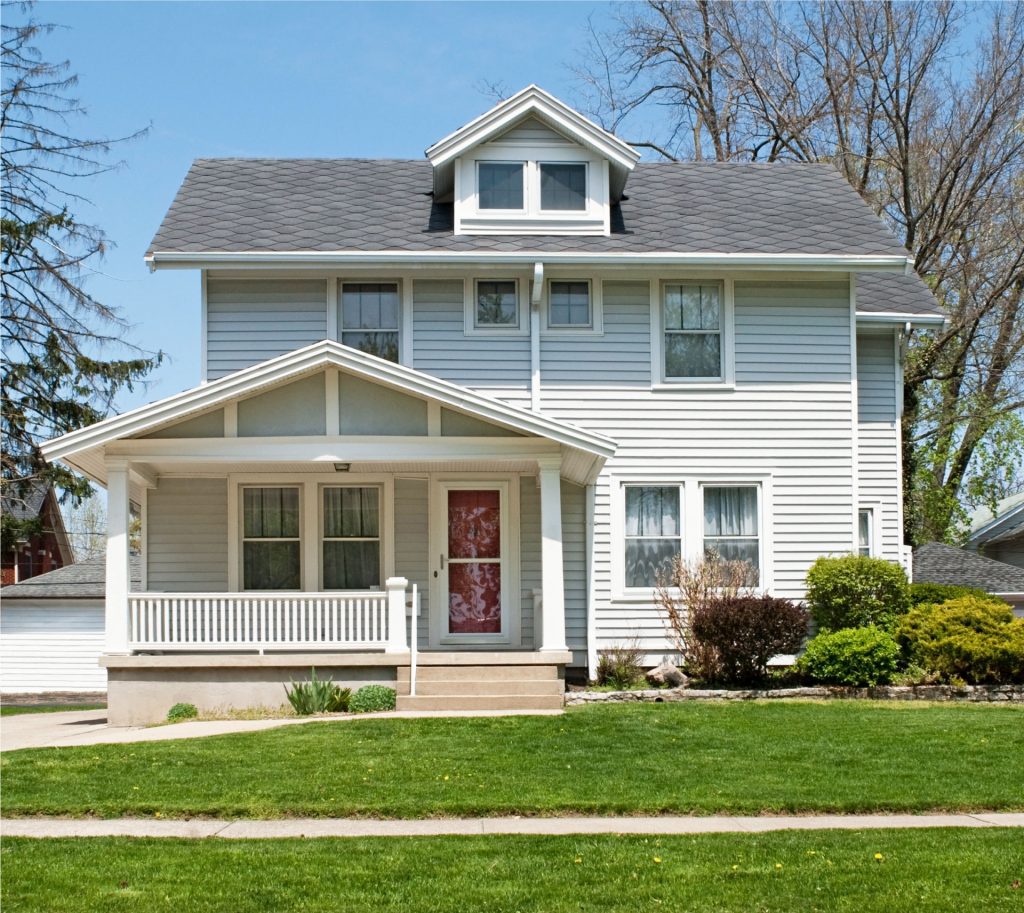
Every homeowner knows that making updates to their property is a significant decision that will have enormous ramifications on their property value (as well as their free time during the replacements). So it’s no wonder many people fear choosing the wrong update for their homes and worry that they will make an incorrect (and costly) decision. For example, you may have water all over your floor or ceiling if you install bad plumbing elements. Using the wrong electrical system puts yourself and your family at risk of a fire. If you use bad roofing materials, you could end up with leaks in the ceiling (or even a new animal roommate in your attic.)
But your home’s facade is how you present yourself to your neighbors and friends. If you use the wrong siding, your house not only looks bad but needs to be updated as soon as you can afford it.
As roofing and siding specialists, we have the inside line on taking care of your home and are here to answer all your siding questions.
How Does the Process Work?
Before embarking on a new siding process, many people want to know what they are getting into.
Siding replacements typically take one to two weeks, depending on material choices, availability, weather, and house conditions. Every home is unique, so it’s important to speak with your contractor from the outset about timelines and set manageable and realistic expectations for how long your home siding job will take.
First, a contractor will come to inspect your home and assess what upgrades will need to be made and what issues they anticipate needing to address while making the changes.
Then you’ll need to choose your materials and prepare for the job (which you can read more about here).
The job itself is relatively quick (about seven days), depending on a confluence of factors.
Factors That Influence Time And Price:
The major factors in how long it takes to replace siding are the size and location of your home. An easy-to-access, single-story home typically only takes a few days. But a few items can lengthen the time it takes to replace your siding. If most (or all) of these factors apply to your home, expect it to take longer.
Size:
Every home is unique, but generally, the larger the footprint, the more siding will need to be replaced, and the longer it will take. The same can be said about one vs. two-story homes, as two-story structures will need additional equipment or scaffolding to reach the height.
Landscape:
If your house sits on a steep grade, more equipment might be necessary to access parts of your home’s exterior wall. Similarly, if you have bushes or trees that grow close to your home, the crew will need to work around them.
Existing Damage:
What sits beneath your current siding will determine how long your demolition and installation will take. Sometimes structural elements have rotted or been damaged by water ingress, animals, or strong impacts. The more damaged or outdated your materials, the longer they will take to replace.
Insulation Beneath Your Siding
Some people believe that R-value (where a home gains or loses energy efficiency) comes from siding materials, but in reality, it is from the insulation beneath the siding.
Like exterior building materials, there are many options for insulation. Some insulations are more beneficial to the external segments of your home, so it’s important to know what is most effective and where it should go.
Insulation choices from presented from highest to lowest R-values:
Fiberglass Batting:
The most popular choice for insulating home interiors. It’s voluminous, inexpensive, and comes in pre-cut sheets. Its soft and malleable nature makes it easy to install and effective at insulating large areas.
Rigid Foam Insulation Board:
These panels go under your exterior siding (vinyl or aluminum). They come in various materials and gauges and offer protection from extreme weather and various temperatures. In most cases, the thickness of the board will dictate how effective it is at insulating your home.
Foam Insulation:
Foam insulation offers excellent energy efficiency but requires a professional crew for installation. Foam insulation is pumped between the siding and interior drywall during the siding installation process. The foam offers an airtight seal.
Insulated Vinyl Siding:
This option takes traditional vinyl siding and pre-attached insulation on the back of the panels. It’s a very durable material that many contractors like to work with. The biggest drawback is that it comes with a hefty price tag but doesn’t deliver on efficiency. Choosing the best insulation for your home and climate will yield better results than mass-produced “general” insulation.
Types of Siding:
With so many types of siding, it’s essential to look at the pros and cons of each as you consider re-covering your home. Each can bring a brand new look to your house and provide certain unique benefits and a few drawbacks. Choosing what is best for you depends on your situation and budget.
Wood:
Wood is a classic building material that looks great. While it is well known and commonly seen, there are a few drawbacks to choosing this material: the price of wood is on the rise, it needs a lot of maintenance to keep it looking its best, and fire safety is a constant concern with wooden structures. However, termites are one of the most difficult problems a wooden homeowner can deal with. These critters will destroy your siding and dig into the wood beams that hold up your house.
Metal Siding:
Metal siding isn’t just for roofs; with all of the technological breakthroughs in manufacturing, metal siding is more affordable than ever, stronger than ever, and on the rise in popularity. Often cheaper than wood and composites, metal is a good option for low-maintenance siding. It does well in cold climates but is easily dented by hail and intense storms.
Brick:
Brick is another classic building material with a few pros and cons. The biggest cons are that it is very expensive to install and almost impossible to match if you need new bricks. Many homeowners get around this by painting the brick, but a homeowner can never revert to the original brick color once they choose to paint.
Vinyl:
Vinyl is the single most affordable and versatile option for siding. But, it often needs to be replaced sooner than its counterparts made from other materials due to sun bleaching and damage.
Fiber Cement (and Other Composites):
Fiber Cement and other composite materials (we use James Hardie siding) are the future of home siding. These space-age materials are nearly indestructible and look great. They are as perfect for regions that experience extreme weather as they are for milder climates. While it is more expensive than vinyl, wood, and metal, it offers an incredible ROI and is under a 30-year warranty. In practice, it should last much longer than 30 years.
The Benefits of Investing in Better Siding
New siding will make your home look nicer and more efficiently protect it (and your wallet). Upgrading your siding can make your old house feel brand new while raising the home value. If you can benefit from installing new siding, we recommend that you do not wait, just as we recommend that you shouldn’t wait to replace your roof.
Proven Contracting Siding Projects often include:
- Vinyl Siding in standard Dutchlap & clapboard designs
- Vinyl Cedar Shake Impressions
- Fascia Capping
- Vented Vinyl Soffit
- Window Capping
Reap the following benefits when you update your siding with us:
- Enhanced curb appeal
- Added value to your residential investment
- Maintenance-free siding that will never need painting
- Increased energy efficiency

